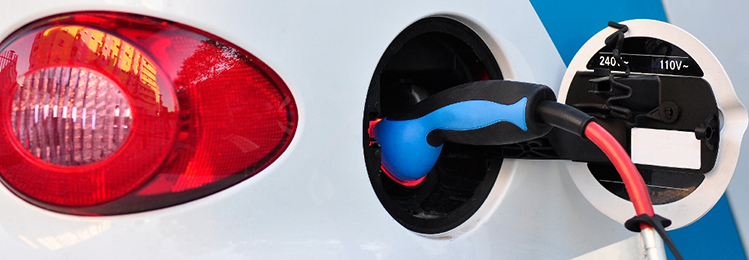Get in touch
Address:
Call Us:
Send a Message:
4721 E. Milwaukee St. Janesville, WI 53546
Monday – Friday: 7am -5:30pm | Saturday: 7am – Noon
Monday – Friday: 7am -5:30pm | Saturday: 7am – Noon
608-752-8359
The Future is Now

Written by: Joe McCann
Automobile technology has come a long way since the turn of the century. A lot has changed from Its humble beginnings as a roofless wooden carriage to the 3-ton hunks of steel, aluminum, plastic, and rubber we have today. Many people my age would have a hard time understanding how difficult it was to drive a vehicle at the turn of the century. From manually starting the car, to adjusting the spark timing as you drove, early drivers really had to have a complete understanding on how the automobile worked. Thankfully as tastes changed and more and more people started hitting the highways, the venerable automobile had to change as well. Soon the electric starter was introduced, vacuum assisted timing, hydraulic brakes, and electric chokes. With each passing model year improvements were made and we still thankfully see that today. There has never been a time in our history where vehicles have been as safe or as efficient as they are now. They produce more power, get better fuel mileage, and pollute less than vehicles 20 short years ago. For this month’s blog post I would like to talk about some of the possible things we may see 20 years from today.
Fuel Cell– This technology has primarily been devolved by Toyota and Honda, as the U.S has focused more on hybrids and E. V’s. The hydrogen fuel cell vehicle is a type of car that uses fuel cells instead of a battery. Fuel cells in these vehicles generate electricity to power the electric motor, generally using oxygen from the air and compressed hydrogen. Most fuel cell vehicles are classified as zero-emissions vehicles that emit only water and heat. These vehicles also offer great range as compared to most E. V’s, the Honda Clarity offers an estimated range of 366 miles, and its hydrogen tank can be filled up in a matter of minutes. Of course, unless you live in New York or L.A, good luck finding a hydrogen fuel station.
The Camless Engine– Christian von Koenigsegg, is owner of Koenigsegg automotive. He has developed some of the fastest and most expensive cars you can buy today. He is also spearheading a new type of engine that doesn’t rely on camshafts to open and close the engine valves. A modern 4-cylinder engine will typically have two camshafts, one sometimes two-timing chain, several timing chain guides, a timing chain tensioner, and 2 variable valve timing actuators. At any given time if just one of those components fails, I can cause a catastrophic failure of your engine. With the introduction of the camless or “free-valve” system, all of those friction points would be eliminated. It would allow the computer to control each valve separately giving the engine huge gains, in horsepower, torque, and fuel mileage. When it was first tested in a 1.6L turbocharged engine, they were able to achieve a 47% increase in output to 230 hp; a 45% increase in torque, to 236 lb.-ft and a 15% reduction in fuel consumption. We’ll just have to see if they’re able to make it durable enough to ever see full production.
The E.V– Most experts agree that the most likely future for cars is going to be electric. As battery technology increases and the cost of ownership dips lower and lower I think it’s inevitable that instead of the sound of a finely tuned motor flying past you on the turnpike, the gentle wisp of a Chevy Volt will be there instead. In fact, Volvo just announced last week that by 2019 they will be phasing out all gas-powered vehicles in favor of electric. The obvious drawback to the electric vehicle is the limited range and the extended time it takes to recharge the battery. It takes 9.5 hours to fully charge a Tesla Model S using 210-volt system, and this still only allows the driver a 300-mile range. Unfortunately for all the E.V lovers, the trusty Tahoe still looks like the obvious choice for that summer road trip.
It will be quite some time before the internal combustion engine is completely kicked to the curb. With low fuel prices and ever continuing improvements on MPG, most manufactures will find it difficult to give up on the gas engine completely for some time. However much like everything that has come before, innovation harbors results. With those results, manufacturers will implement lessons learned from the past to continue to make vehicles safer and more efficient. I hoped you enjoyed reading this month’s edition of the McCann’s Garage Blog. Feel free to post and discuss what you would like the future of the automobile to look like.

